
Yes, yes, I know: I often take the weekends off from blogging, but I’m trying to get us through the Really Good Query Letter series by the end of Labor Day week. For the last few posts, I have been talking about how to present your book project so that it sounds like a professional pitch, rather than a carnival hawker introducing the Greatest (fill in the blank here) in the World. Peeks only 10 cents!
So far, I’ve been sticking to content, but for today, I’d like to focus on purely cosmetic issues.
No, I’m not advising you to apply rouge and lip gloss to your query letter (no, not even if it is introducing a book proposal on make-up tips; remember, flashy gimmicks don’t work). I’m talking about how your query looks, rather than what it says.
And I hear some of you grumbling already. “But Anne!” a few voices protest out there in the ether. “Books are made up of words arranged in sentences. I can understand why I need to make my manuscript appear professional (by adhering to the rules of standard format, conveniently gathered for my benefit under the HOW TO FORMAT A MANUSCRIPT category on the archive list at right), but a query letter rises or falls purely on its content, right? As long as I do not scrawl it in crayon on tissue paper, why should I worry about what it looks like?”
Why, indeed? Rather than tell you, I’m going to show you.
But to show you why a poorly presented query looks wrong, let’s take a gander at what a really good query letter looks like. Not so you can copy it verbatim — rote reproductions abound in rejection piles — but so you may see what the theory looks like in practice.
And please, those of you who only e-query: don’t assume that none of what I’m about to say about traditional paper queries is applicable to you. Even agents who accept only e-mailed queries were weaned on mailed ones; the paper version is still the industry standard, dictating what does and does not look professional to folks in the biz. So even if there is no paper whatsoever involved in your querying process, you’re still going to want to be aware of how query letters should appear on a page.
So you could see the principles we’ve been discussing in action, I’ve decided to pitch a book in the public domain whose story you might know: MADAME BOVARY. (And if you’re having trouble reading it at its current size, try clicking on the image a couple of times.)
That’s an awfully good query letter, isn’t it? After the last few days’ posts, I hope it’s clear to you why: it that presents the book well, in businesslike terms, without coming across as too pushy or arrogant. Even more pleasing to Millicent’s eye, Mssr. Flaubert makes the book sound genuinely interesting AND describes it in terms that imply a certain familiarity with how the publishing industry works.
Well done, Gustave! (The date on the letter is when the first installment of MADAME BOVARY was published, incidentally; I couldn’t resist.)
For the sake of comparison, let’s assume that Mssr. Flaubert had not done his homework; what might his query letter have looked like then?
Now, I respect my readers’ intelligence far too much to go through point by point, explaining what’s wrong with this second letter. Obviously, the contractions are far too casual for a professional missive.
No, but seriously, I would hope that you spotted the unsupported boasting, the bullying, disrespectful tone, and the fact that it doesn’t really describe the book. Also, to Millicent’s eye, the fact that it was addressed to DEAR AGENT and undated would indicate that ol’ Gustave is simply plastering the entire agent community with queries, regardless of individual agents’ representation preferences.
That alone would almost certainly lead her to reject MADAME BOVARY out of hand, without reading the body of the letter at all. And those ten pages the agency’s website or listing in a standard agents’ guide said to send? Returned unread.
As ever-eagle-eyed reader Dave pointed out last time, the Dear Agent letter has a first cousin that also tends to be an automatic rejection offense, a gaffe to which even very experienced queriers routinely fall prey. See if you can spot it:

If you reared back in horror, exclaiming, “Oh, no! Our Gustave has sent the query to Agent Richardson, but left the salutation from what was probably his last query to Agent Tom Jones!” congratulations: you win a gold star with walnut clusters. Since the advent of the home computer, aspiring writers have been falling into this trap constantly.
The cure? Pull out your hymnals, long-time readers, and sing along: read EVERY SYLLABLE of each query letter IN HARD COPY and OUT LOUD.
Yes, even if you are e-querying or pasting a letter into a form on an agency’s website. Do not hit SEND until you have made absolutely sure that the salutation matches the recipient.
Setting aside all of these problems, there are two other major problems with both version of this letter that we have not yet discussed. First, how exactly is the agent to contact Gustave to request him to send the manuscript?
She can’t, of course, because Mssr. Flaubert has made the mistake of leaving out that information, as an astonishingly high percentage of queriers do.
Why? I suspect it’s because they assume that if they include a SASE (that’s Self-Addressed Stamped Envelope, for those of you new to the trade, and it should be included with every mailed query and submission UNLESS the agency’s website specifically says otherwise), the agent already has their contact information.
A similar logic tends to prevail with e-mailed queries: all the agent needs to do is hit REPLY, right?
Well, no, not necessarily; e-mailed queries get forwarded from agent to assistant and back again all the time, and SASEs have been known to go astray. I speak from personal experience here: I once received a kind rejection for someone else’s book stuffed into my SASE. I returned the manuscript with a polite note informing the agency of the mistake, along with the suggestion that perhaps they had lost MY submission. The nice agency assistant who answered that letter — very considerately, as it happens — grew up to be my current agent, now a senior agent at the same agency.
True story.
The moral: don’t depend on the SASE or return button alone. Include your contact information either in the body of the letter or in its header.
This is especially important if you happen to be querying a US-based agent from outside the US. English-speaking foreign writers often assume, wrongly, that US agents have a strong preference for working with the locals, that not being able to fly a few thousand miles for frequent face-to-face meetings would be a deal-breaker, or that an expatriate would be better off using her mom’s home address in Indiana so as to appear to be living in North America. As a result, they tend not to mention in their (almost invariably e-) queries that they and their manuscripts are not currently stateside.
However, the US is a mighty big country: NYC-based agents have been representing clients without meeting them in person since the early 20th century; distance is not a deal-breaker, typically. Some agencies might deduct the cost of international phone calls from the advance, just as they might choose to charge the writer for photocopying, but in the era of e-mail, that’s increasingly rare.
Go ahead and include your contact information, wherever you are. It might even be a selling point, if the agent happens to like to travel. (Oh, you don’t think the agent of your dreams would like to crash for a few days on your couch in London?)
But I digress. Back to the diagnosis already in progress.
Gustave’s second problem is a bit more subtle, not so much a major gaffe as a small signal to Millicent that the manuscript to which the letter refers MIGHT not be professionally polished. Any guesses?
If you said that it was in business format rather than correspondence format, congratulations: you’ve been paying attention. In this form, it would look less literate (unless it was an e-mailed submission, where indented paragraphs are harder to format).
Any other diagnoses? Okay, let me infect the good query with the same virus, to help make the problem a bit more visible to the naked eye:
See it now? The letter is written in Helvetica, not Times, Times New Roman, or Courier, the preferred typefaces for manuscripts.
Was that huge huff of indignation that just billowed toward space an indication that favoring one font over another in queries is, well, a tad unfair? To set your minds at ease, I’ve never seen font choice alone be a rejection trigger (although font size often is; stick to 12 point). Nor do most agencies openly express font preferences for queries (although a few do; check their websites and/or agency book listings).
However, I can tell you from very, very long experience working with aspiring writers that queries in the standard typefaces do seem to be treated with a touch more respect.
I know; odd. But worth noting, don’t you think?
While we’re on the subject of cosmetic problems, let’s take a look at another common yet purely structural way that good query letters send off an unprofessional vibe:
Not all that subtle, this: a query letter needs to be a SINGLE page. This restriction is taken so seriously that very, very few Millicents would be willing to turn to that second page at all, few enough that it’s just not worth adding.
Why are agencies so rigid about length when dealing with people who are, after all, writers? Long-time readers, chant it with me now: TIME. Can you imagine how lengthy the average query letter would be if agencies didn’t limit how long writers could ramble on about their books?
Stop smiling. It would be awful, at least for Millicent.
Fortunately, the one-page limit seems to be the most widely-known of querying rules, if one of the most often fudged in e-queries. (“What’s Millicent going to do?” the fudger mutters. “Print it out in order to catch me at my little ruse? She doesn’t have that kind of time.”) Which is rather unfair to screeners, since e-queries can, since they omit the date and address salutation at the top of the message, be several lines longer and still fit within the one-page ideal.
I’m just saying.
The one-page limit is so widely known, in fact, that aspiring writers frequently tempt Millicent’s wrath through conjuring tricks that force all of the information the writer wishes to provide onto a single page. Popular choices include minimizing the margins:
or shrinking the font size:
or, most effective at all, using the scale function under Page Setup in Word to shrink the entire document:
Let me burst this bubble before any of you even try to blow it up to its full extent: this sort of document-altering magic will not help an over-long query sneak past Millicent’s scrutiny, for the exceedingly simple reason that she will not be fooled by it. Not even for a nanosecond.
The only message such a query letter sends is this writer cannot follow directions.
An experienced contest judge would not be fooled, either, incidentally, should you be thinking of using any of these tricks to crush a too-lengthy chapter down to the maximum acceptable page length. Ditto for pages requested for submissions to agencies or publishing houses: if you shrink it, they will know.
Why am I so certain that Millie will catch strategic shrinkage? For precisely the same reason that deviations from standard format in manuscripts are so obvious to professional readers: the fact that they read correctly-formatted pages ALL THE TIME.
Don’t believe the tricks above wouldn’t be instantaneously spottable? Okay, glance at them, then take another gander at our first example of the day:
Viewed side-by-side, the differences are pretty obvious, aren’t they? Even in the extremely unlikely event that Millicent isn’t really sure that the query in front of her contains some trickery, all she has to do is move her fingertips a few inches to the right or the left of it, open the next query letter, and perform an enlightening little compare-and-contrast exercise.
Don’t tempt her to do it.
Avoiding formatting skullduggery is not the only thing I would like you to learn from today’s examples. What I would also like you to take away: with one egregious exception, these examples were all more or less the same query letter in terms of content, all pitching the same book. Yet only one of these is at all likely to engender a request to read the actual MANUSCRIPT.
In other words, even a great book will be rejected at the query letter if it is queried or pitched poorly. Yes, many agents would snap up Mssr. Flaubert in a heartbeat after reading his wonderful prose — but with a query letter like the second, or with some of the sneaky formatting tricks exhibited here, the probability of any agent’s asking to read it is close to zero.
The moral, should you care to know it: how a writer presents his work — in the query every bit as much as on the manuscript page — matters.
Let’s not forget an important corollary to this realization: even a book as genuinely gorgeous as MADAME BOVARY would not see the inside of a Borders today unless Flaubert kept sending out query letters, rather than curling up in a ball after the first rejection.
Deep down, pretty much every writer believes that if she were REALLY talented, her work would get picked up without her having to market it at all. It’s an incredibly common writerly fantasy: there’s a knock on your door, and when you open it, there’s the perfect agent standing there, contract in hand.
“I heard that your work is wonderful,” the agent says. “Here, sign this, so I may sell the manuscript I have not yet read to that editor who is waiting at the car parked at your curb.”
Or perhaps in your preferred version, you go to a conference and pitch your work for the first time. The agent of your dreams, naturally, falls over backwards in his chair; after sal volitale has been administered to revive him from his faint, he cries, “That’s it! The book I’ve been looking for my whole professional life!”
Or, still more common, you send your first query letter to an agent, and you receive a phone call two days later, asking to see the entire manuscript. Three days after you overnight it to New York, the agent calls to say that she stayed up all night reading it, and is dying to represent you. Could you fly to New York immediately, so she could introduce you to the people who are going to pay a million dollars for your rights?
I have nothing against a good fantasy (especially of the SF/Fantasy genre), but while you are trying to find an agent, please do not be swayed by daydreams. Don’t send out only one query at a time; it’s truly a waste of your efforts. Try to keep 7 or 8 out at any given time.
This advice often comes as a shock to writers. “What do you mean, 7 or 8 at a time? I’ve been rejected ten times, and I thought that meant I should lock myself away and revise the book completely before I sent it out again!”
In a word, no. Oh, feel free to lock yourself up and revise to your heart’s content, but if you have a completed manuscript in your desk drawer, you should try to keep a constant flow of query letters heading out your door. As they say in the biz, the only manuscript that can never be sold is the one that is never submitted. (For a great, inspiring cheerleading essay on how writers talk themselves out of believing this, check out Carolyn See’s Making a Literary Life.)
There are two reasons keeping a constant flow is a good idea, professionally speaking. First, it’s never a good idea to allow a query letter to molder on your desktop: after awhile, that form letter can start to seem very personally damning, and a single rejection from a single agent can start to feel like an entire industry’s indictment of your work.
I’ve said it before, and I’ll say it again: one of the most self-destructive of conference-circuit rumors is the notion that if a book is good, it will automatically be picked up by the first agent that sees it. Or the fifth, for that matter.
This is simply untrue. It is not uncommon for wonderful books to go through dozens of queries, and even many rounds of query-revision-query-revision before being picked up. As long-time readers of this blog are already aware, there are hundreds of reasons that agents and their screeners reject manuscripts, the most common being that they do not like to represent a particular kind of book.
So how precisely is such a rejection a reflection on the quality of the writing?
Keep on sending out those queries a hundred times, if necessary. Because until you can blandish the right agent into reading your book, you’re just not going to know for sure whether it is marketable or not.
More querying tips follow anon. Keep up the good work!

















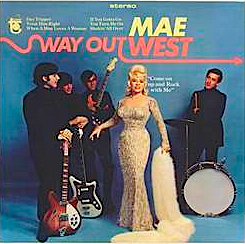
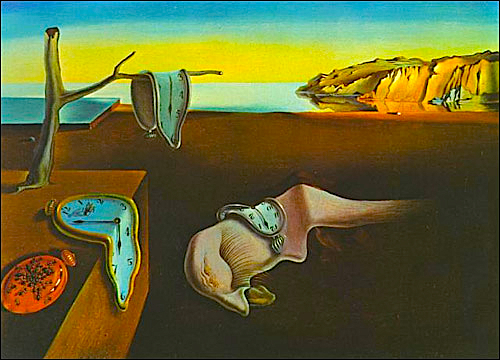
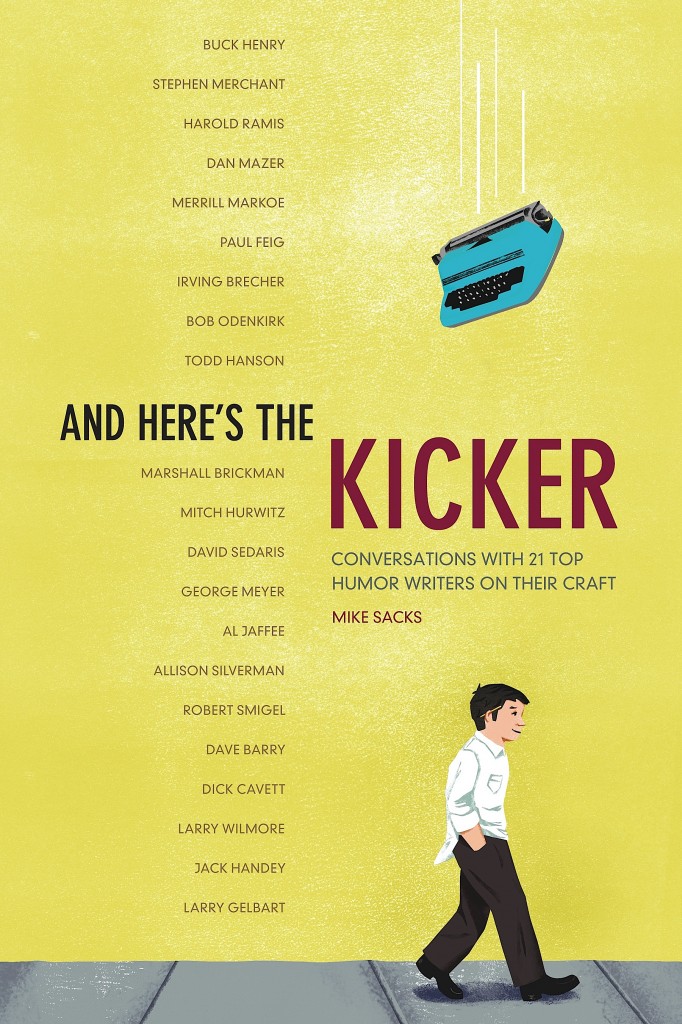


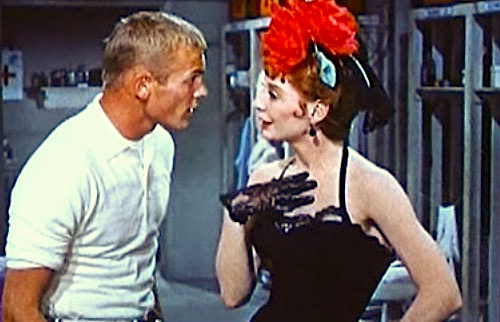
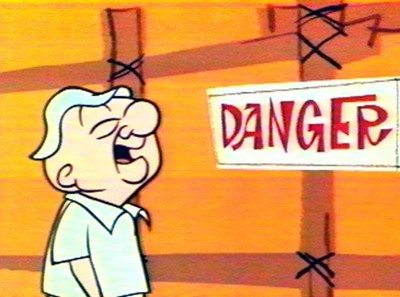









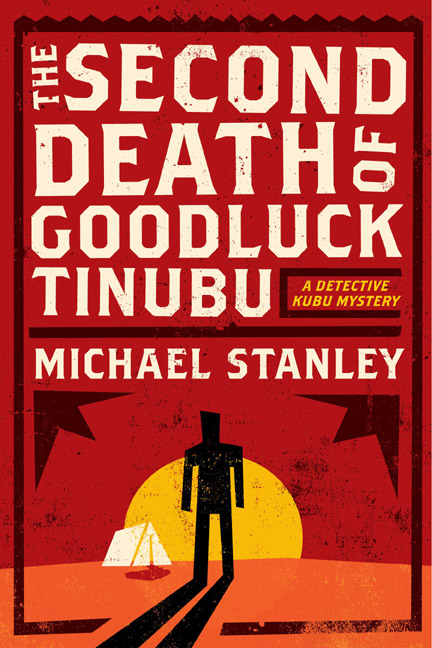
 Those of you who were hanging around the Author! Author! virtual lounge may remember Stan from last year, when he was kind enough to visit with
Those of you who were hanging around the Author! Author! virtual lounge may remember Stan from last year, when he was kind enough to visit with 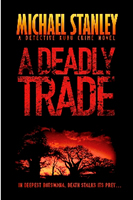 How can a man die twice?
How can a man die twice?
 Michael Stanley is the writing team of Michael Sears and Stanley Trollip.
Michael Stanley is the writing team of Michael Sears and Stanley Trollip. 




